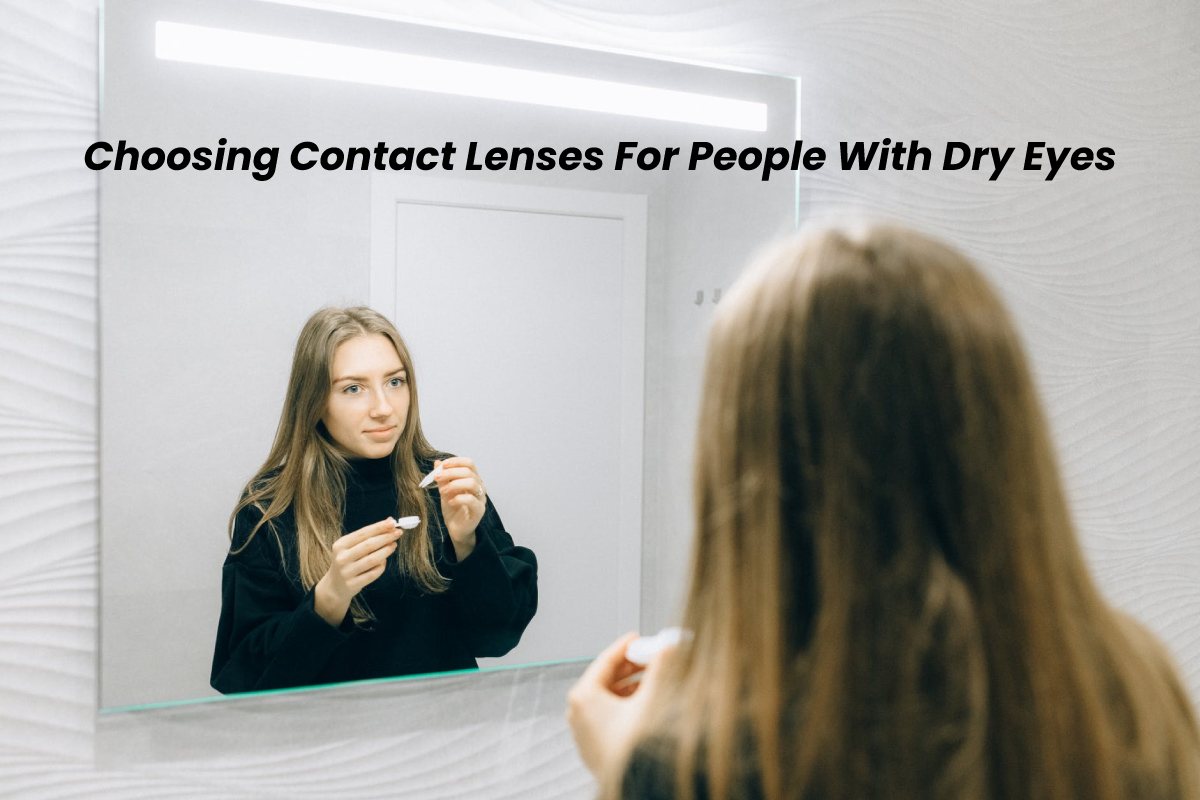According to the Centers for Disease Control and Prevention, more than 45 million people wear contact lenses in the United States. Contact lenses plus are a more viable and preferable option to wearing eyeglasses without changing your overall look. In most cases, you can hardly notice wearing them at all. Dry eyes syndrome is a condition when your eyes do not produce the moisture required to keep your eyes well-lubricated and wearing contact lenses becomes uncomfortable.
Table of Contents
What Is Dry Eyes Syndrome?
Dry eyes syndrome occurs when your eyes do not produce enough moisture to keep your eyes moist to function properly. The following are some of the reasons for having the condition of dry eyes:
- Side effects of certain medication (for example, hypertension medication, antidepressants, antihistamines, or contraceptive medication)
- Injury to the eyes or tear glands
- Facial skin diseases
- Hormonal changes due to menopause
- Allergic reaction
- Effects of aging
People with the condition of dry eyes may feel a stinging, or a scratchy sensation as if something is in their eye. This condition can make wearing contact lenses especially unbearable. But this does not mean that you cannot wear contact lenses if you have dry eyes. There are ways to overcome the situation.
Considerations For Wearing Contact Lenses With Dry Eyes
Lubricating eye drops can be a recommendation from your doctor if you have dry eyes. You might need to find an alternative medication if the condition of dry eyes is a side effect of one of your medications. One of the considerations is the type of lenses you are using. The following are some things you need to consider when selecting contact lenses.
Lens Water Content
Soft water contact lenses are classified according to their water content. Low-water content lenses are less likely to cause dry eyes in comparison to lenses with a high-water content. High-water content lenses initially provide moisture to the eyes but they will dry out just as fast. It is recommended to try out lenses with varying water contents to find a suitable option.
Lens Composition
Soft contact lenses let oxygen permeate through to the eye because they are made of soft pliable plastic. Silicone-based hydrogel lenses do not allow moisture to escape as quickly as regular hydrogel contact lenses. Proclear is an FDA-approved brand that minimizes symptoms of dry eye irritation. Phosphorylcholine is the main component in these lenses which helps to keep the eyes moist.
Lens Size
The average contact lenses have a measurement of approximately 9 mm in diameter, which is just enough to cover the iris. Scleral contact lenses have a diameter of 15 to 22 mm. Scleral contact lenses also cover the sclera or the white part of the eye. Scleral contact lenses allow oxygen to reach the eyes because they are gas-permeable. Scleral contact lenses can provide a remedy to deal with the symptoms of dry eyes.
Finding The Right Lens Solution
The issue might not be with your contact lenses, but it could be with the solution used to cleanse them. Certain preservatives found in lens solutions can dry out the eyes and cause irritation. There is a possibility that a certain solution is not compatible with the type of lenses you use. Consult with an ophthalmologist to make sure you are using the right combination of products.

